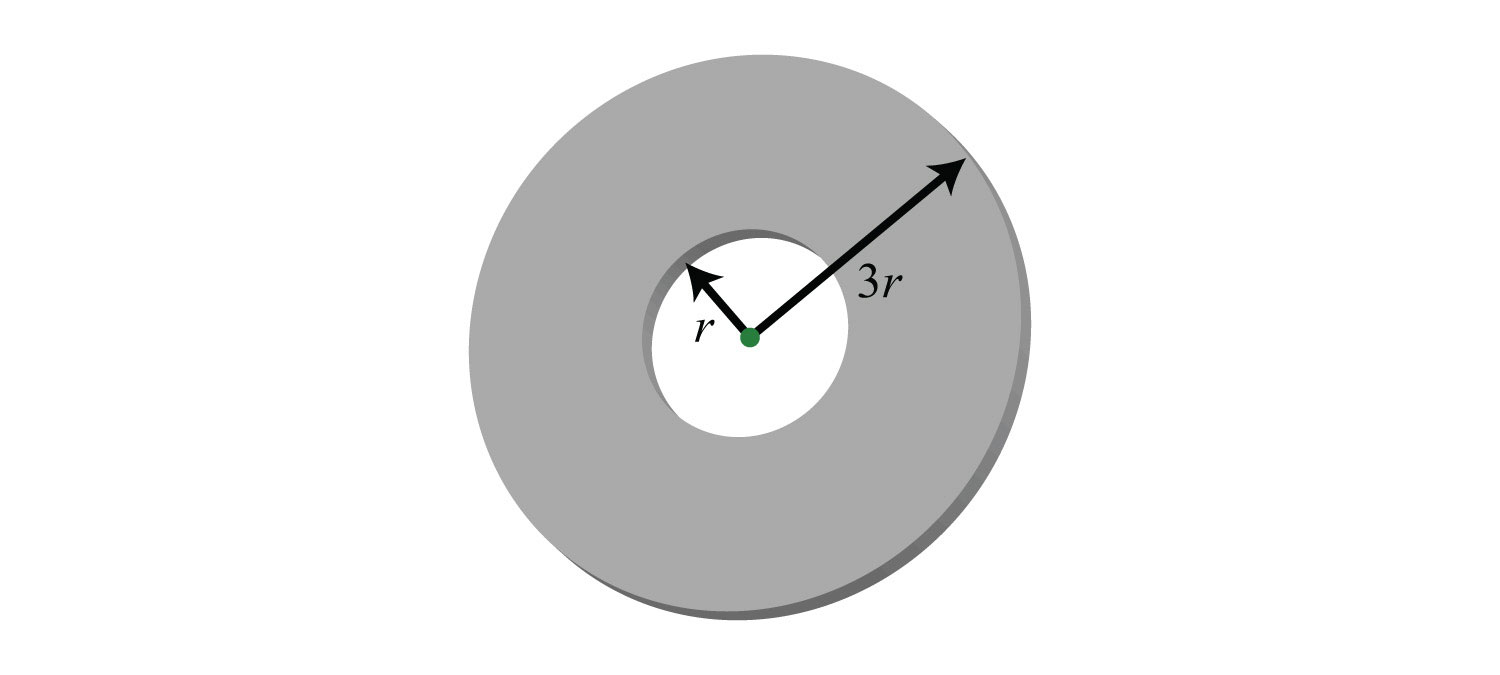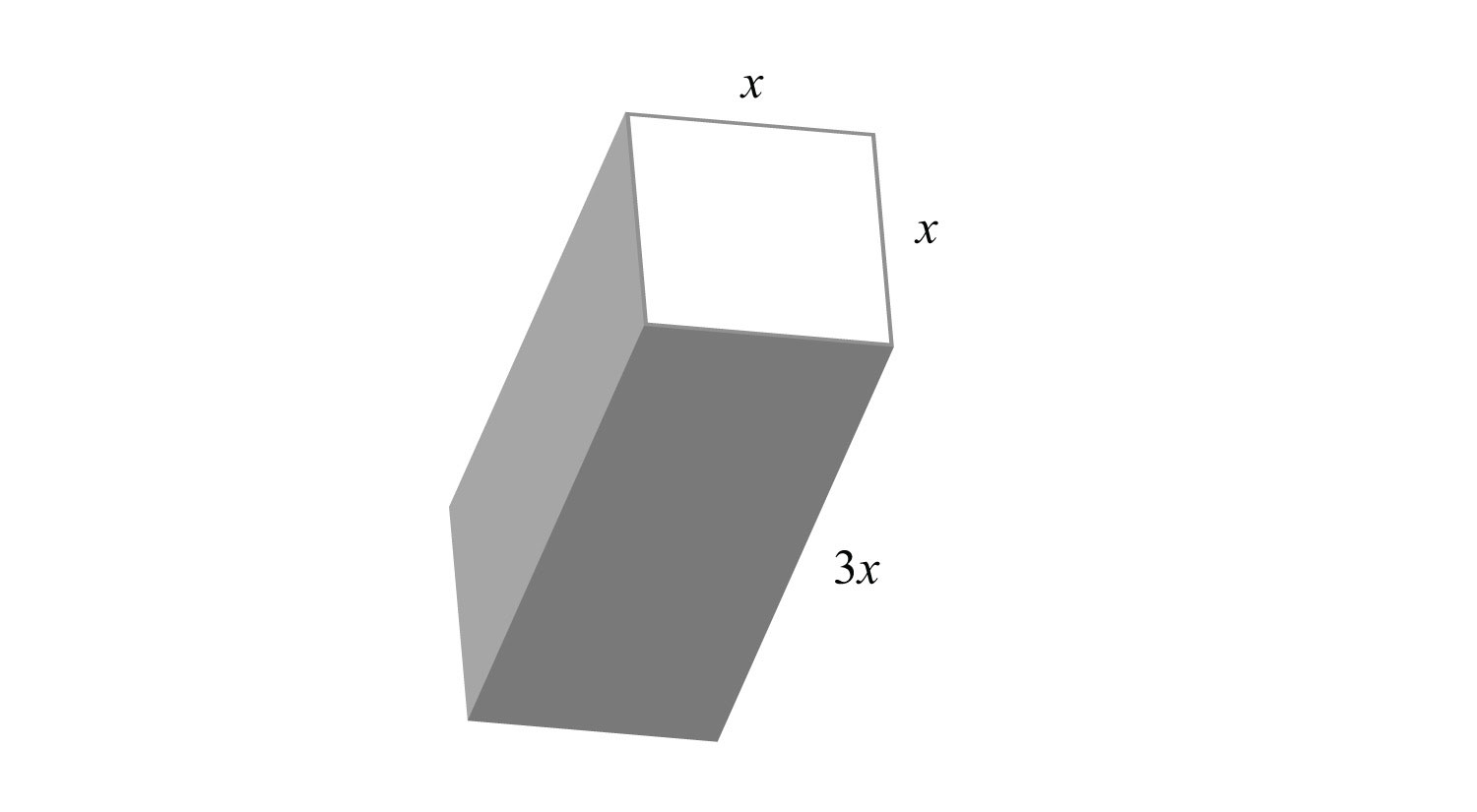This is “Adding and Subtracting Polynomials”, section 5.3 from the book Beginning Algebra (v. 1.0). For details on it (including licensing), click here.
For more information on the source of this book, or why it is available for free, please see the project's home page. You can browse or download additional books there. To download a .zip file containing this book to use offline, simply click here.
5.3 Adding and Subtracting Polynomials
Learning Objectives
- Add polynomials.
- Subtract polynomials.
- Add and subtract polynomial functions.
Adding Polynomials
Recall that we combine like terms, or terms with the same variable part, as a means to simplify expressions. To do this, add the coefficients of the terms to obtain a single term with the same variable part. For example,

Notice that the variable part, , does not change. This, in addition to the commutative and associative properties of addition, allows us to add polynomialsThe process of combining all like terms of two or more polynomials..
Example 1: Add: .
Solution: The property , which was derived using the distributive property, allows us to remove the parentheses so that we can add like terms.

Answer:
Example 2: Add: .
Solution: Remove the parentheses and then combine like terms.

Answer:
Example 3: Add: .
Solution: Remember that the variable parts have to be exactly the same before we can add the coefficients.

Answer:
It is common practice to present the terms of the simplified polynomial expression in descending order based on their degree. In other words, we typically present polynomials in standard form, with terms in order from highest to lowest degree.
Example 4: Add: .
Solution:

Answer:
Try this! Add: .
Answer:
Video Solution
(click to see video)Subtracting Polynomials
When subtracting polynomialsThe process of subtracting all the terms of one polynomial from another and combining like terms., we see that the parentheses become very important. Recall that the distributive property allowed us to derive the following:

In other words, when subtracting an algebraic expression, we remove the parentheses by subtracting each term.
Example 5: Subtract: .
Solution: Subtract each term within the parentheses and then combine like terms.

Answer:
Subtracting a quantity is equivalent to multiplying it by −1.
Example 6: Subtract: .
Solution: Distribute the −1, remove the parentheses, and then combine like terms.

Answer:
Multiplying the terms of a polynomial by −1 changes all the signs.
Example 7: Subtract: .
Solution: Distribute the −1, remove the parentheses, and then combine like terms.

Answer:
Example 8: Subtract from .
Solution: Since subtraction is not commutative, we must take care to set up the difference correctly. First, write the quantity ; from this, subtract the quantity .

Answer:
Example 9: Simplify: .
Solution: Apply the distributive property, remove the parentheses, and then combine like terms.

Answer:
Try this! Subtract: .
Answer:
Video Solution
(click to see video)Adding and Subtracting Polynomial Functions
We use function notation to indicate addition and subtraction of functions as follows:
| Addition of functions: | |
| Subtraction of functions: |
When using function notation, be careful to group the entire function and add or subtract accordingly.
Example 10: Calculate: , given and .
Solution: The notation indicates that you should add the functions and collect like terms.

Answer:
Example 11: Calculate: , given and .
Solution: The notation indicates that you should subtract the functions :

Answer:
We may be asked to evaluate the sum or difference of two functions. We have the option to first find the sum or difference and use the resulting function to evaluate for the given variable, or to first evaluate each function and then find the sum or difference.
Example 12: Calculate: , given and .
Solution: First, find .

Therefore,

Next, substitute 5 for the variable x.

Answer:
Alternate Solution: Since , we can find and and then subtract the results.

Therefore, we have

Answer:
Key Takeaways
- When adding polynomials, remove the associated parentheses and then combine like terms.
- When subtracting polynomials, distribute the −1 and subtract all the terms before removing the parentheses and combining like terms.
- The notation indicates that you add the functions.
- The notation indicates that you subtract the functions.
Topic Exercises
Part A: Addition of Polynomials
Add.
1.
2.
3.
4.
5.
6.
7.
8.
9.
10.
11.
12.
13.
14.
15.
16.
17.
18.
19.
20.
21.
22.
23.
24.
25. Find the sum of and .
26. Find the sum of and .
27. Find the sum of and .
28. Find the sum of and .
29. Find the sum of and .
30. Find the sum of and .
Part B: Subtraction of Polynomials
Subtract.
31.
32.
33.
34.
35.
36.
37.
38.
39.
40.
41.
42.
43.
44.
45.
46.
47.
48.
49.
50.
51. Subtract from .
52. Subtract from .
53. Find the difference of and .
54. Find the difference of and .
55. The cost in dollars of producing customized coffee mugs with a company logo is given by the formula , where x is the number of cups produced. The revenue from selling the cups in the company store is given by , where x is the number of units sold.
a. Find a formula for the profit. (profit = revenue − cost)
b. Find the profit from producing and selling 100 mugs in the company store.
56. The cost in dollars of producing sweat shirts is given by the formula , where C is the cost and q represents the quantity produced. The revenue generated by selling the sweat shirts for $37 each is given by , where q represents the quantity sold. Determine the profit generated if 125 sweat shirts are produced and sold.
57. The outer radius of a washer is 3 times the radius of the hole.

a. Derive a formula for the area of the face of the washer.
b. What is the area of the washer if the hole has a diameter of 10 millimeters?
58. Derive a formula for the surface area of the following rectangular solid.

Part C: Addition and Subtraction of Polynomial
Simplify.
59.
60.
61.
62.
63.
64.
65.
66.
67.
68.
69.
70.
Part D: Addition and Subtraction of Polynomial Functions
Find and , given the following functions.
71. and
72. and
73. and
74. and
75. and
76. and
Given and , find the following.
77.
78.
79.
80.
81.
82.
83.
84.
85.
86.
87.
88.
Given and , find the following.
89.
90.
91.
92.
93.
94.
95.
96.
Answers
1:
3:
5:
7:
9:
11:
13:
15:
17:
19:
21:
23:
25:
27:
29:
31:
33:
35:
37:
39:
41:
43:
45:
47:
49:
51:
53:
55: a. ; b. $340
57: a. ; b. 628.32 square millimeters
59:
61: 6
63:
65:
67:
69:
71: and
73: and
75: and
77:
79:
81:
83:
85:
87:
89:
91:
93:
95:




